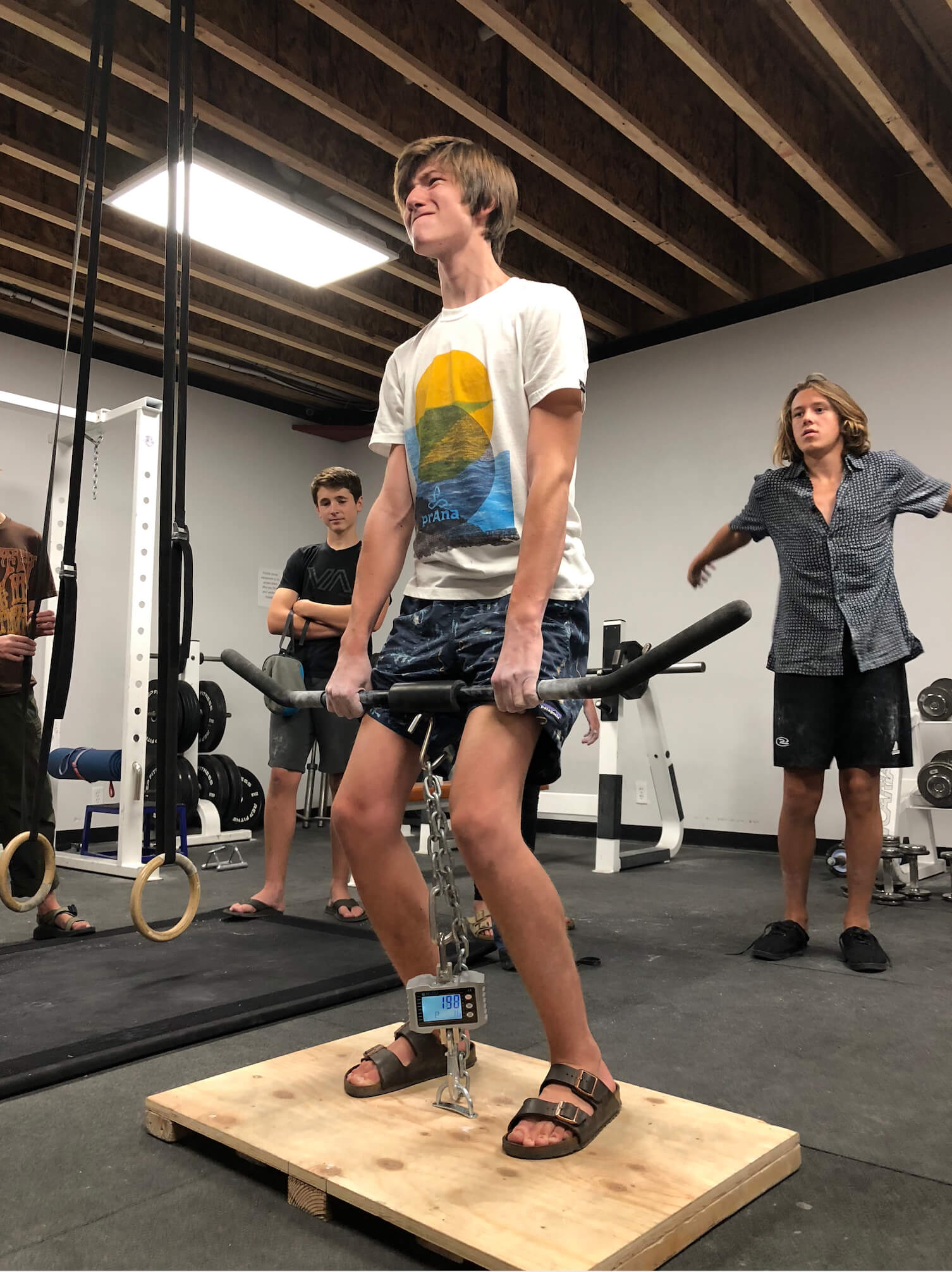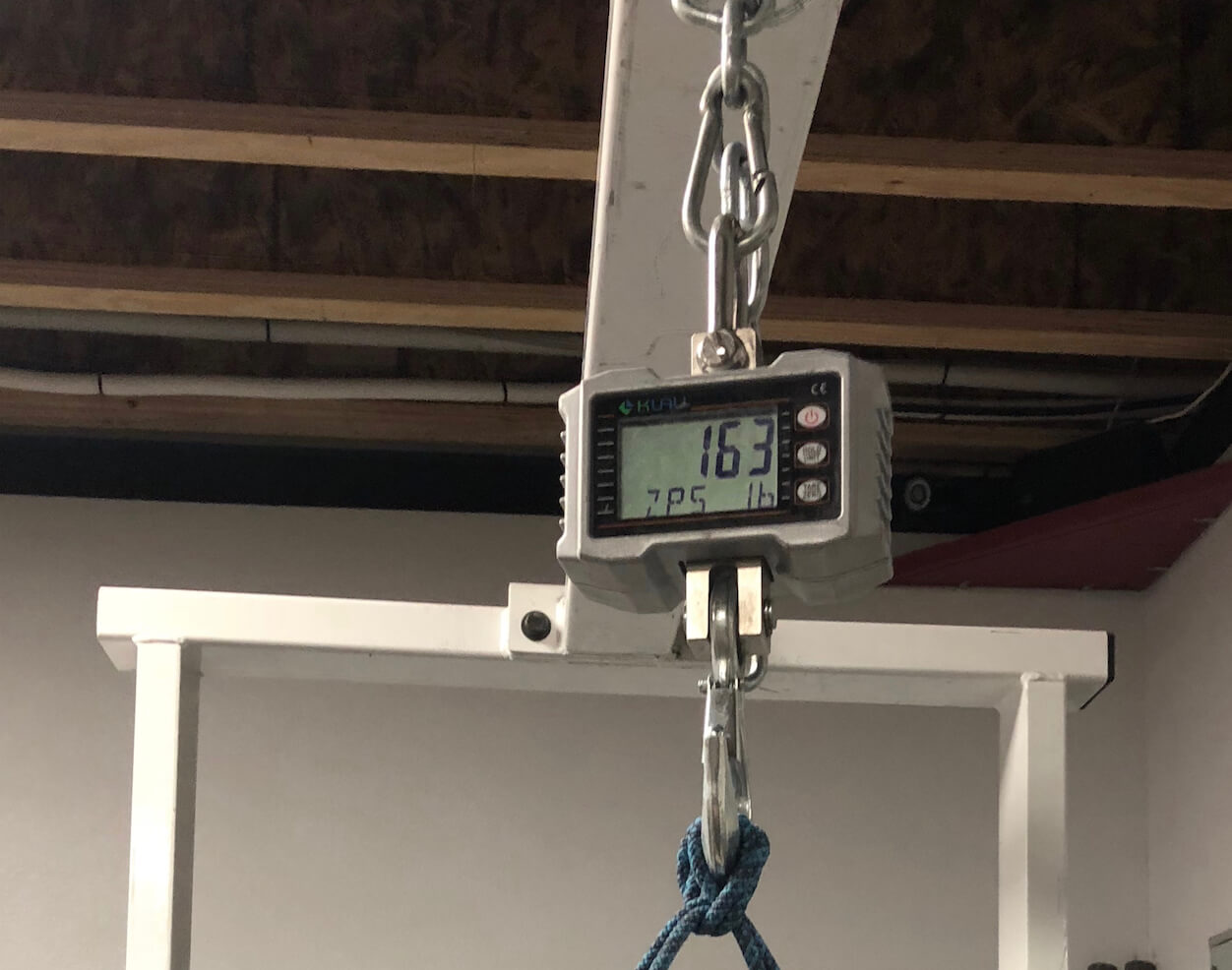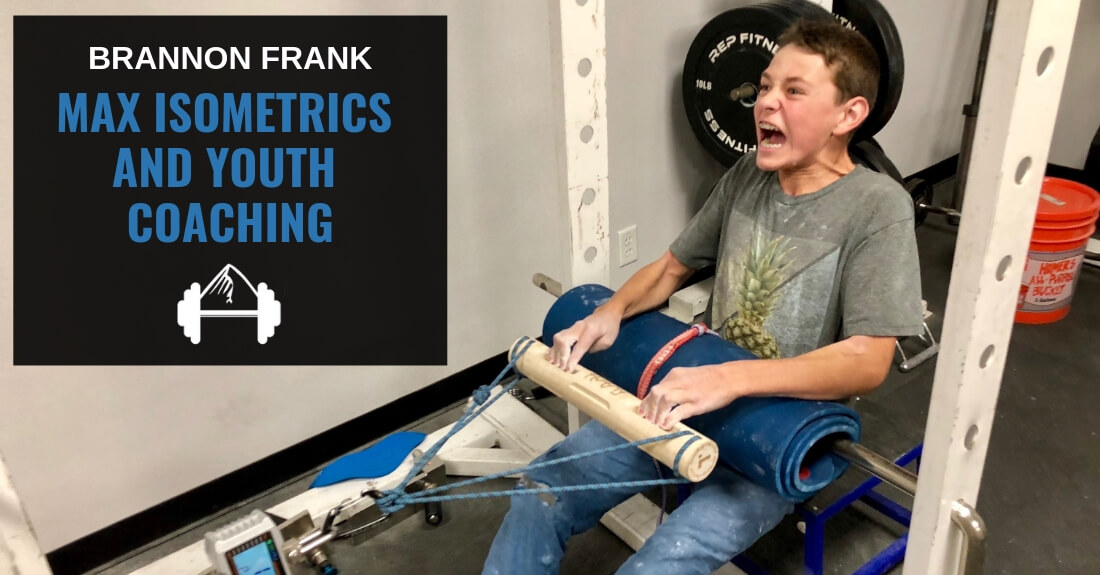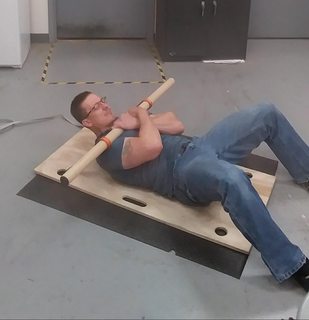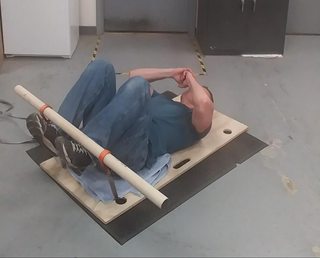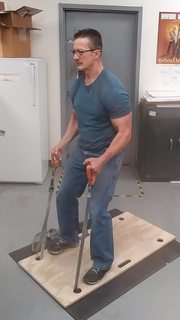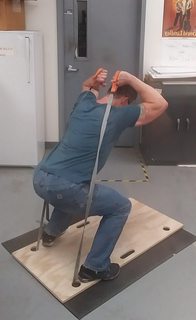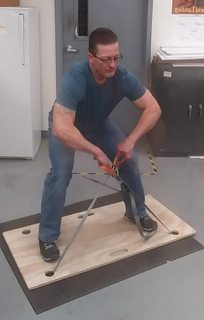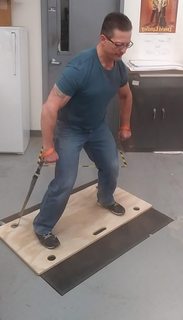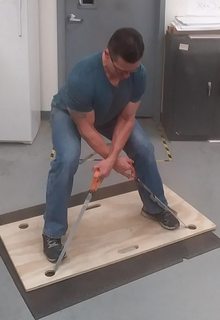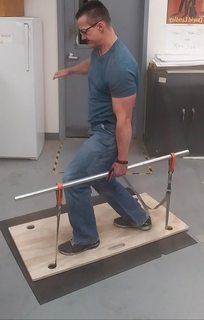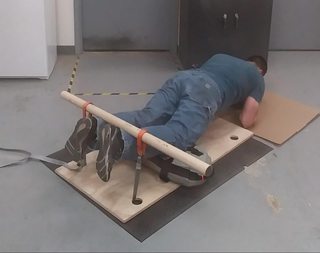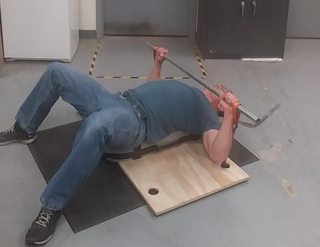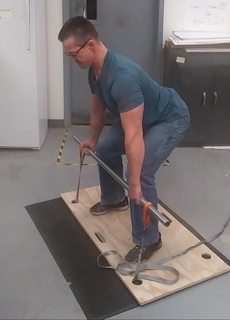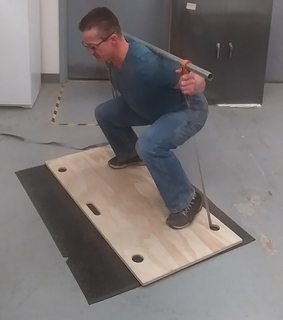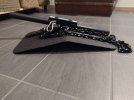North Coast Miller
Level 9 Valued Member
The literature doesn't really support the notion that an Iso hold needs to be done at multiple angles to gain strength throughout. Testing showed that training at longer lengths produced comparable strength gains, and training multiple angles would be too time consuming.
I'm a little late to this post and I may have missed someone mentioning it. Which literature are you refering?
Also I believe there are studies done that you can find o the NIH website showing it was more beneficial to do 3 different ranges of motion They also had a contract and relax time during the movements that were pretty interesting. i'll see if
I can link the article.

Myoelectrical and mechanical changes linked to length specificity during isometric training, Journal of Applied Physiology | DeepDyve
MATERIALS AND METHODS ; electromyogram; torque-angle relationship elbow flexor muscles; the 1950s long after Milos de Crotoneâs ânatural ,â a systematic method muscular strengthening began to appear within the sportsmanâs physical program. Numerous works (3, 15) describe the various methods used...

Changes in Torque and Electromyographic Activity of the Quadriceps Femoris Muscles Following Isometric Training
Background and Purpose. The purpose of this study was to examine the effect of isometric training of the quadriceps femoris muscles, at different joint ang
The research that gets cited most often as evidence of joint specific strength gains comes from a study with a handful of women training their calf muscles, and one where the subjects trained at a midpoint thigh extension and failed to really improve at longer flexion. There may very well be others, and the two I linked actually support that finding as well, but only at shorter muscle lengths.
While it is likely more beneficial to train multiple angles it isn't very time efficient and I'd expect diminishing gains for the added time, much like tacking on more exercises in a BB'ing program. Currently my informal rep/load testing with Isotonic lifts from my last block have failed to reveal any example of angle specificity in use. It is probably a real thing to some extent, if it isn't consistently observed under research settings, and doesn't show in dynamic resistance training, does it even matter? There are studies that show 1/4 squat improving athletic performance but you don't hear people recommending it be trained alongside regular squat as part of a GPP program.
The work : rest timing I settled on is based on research determined hold time for tendon health, crossed with the average of how long it takes to develop max force (for me estimated about 4-6 seconds )and how long one can hold that max tension (for me estimated about 12). I might alter the work : rest timing at some point but currently am keeping everything right where it is. I strongly suspect the best possible hold times might be influenced by pennation angles of the specific muscle and a bunch of other factors, but that's for someone with a lot more time and resources to figure out than me!
Last edited:


